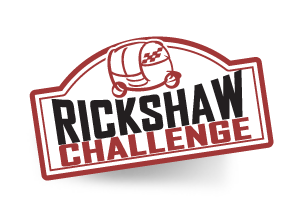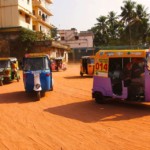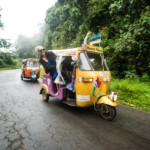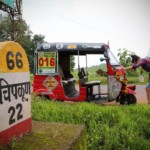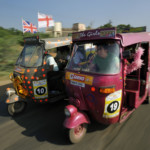The Deccan Odyssey is on the horizon, starting in just a month and a bit, so to hype things up a bit we want to introduce the Deccan Plateau to you. This large stretch of land, taking up most of central and south India, lies between the Western and Eastern Ghats, the Nilgiri Hills in the south and Aravalli and Chota Nagpur hills in the north.
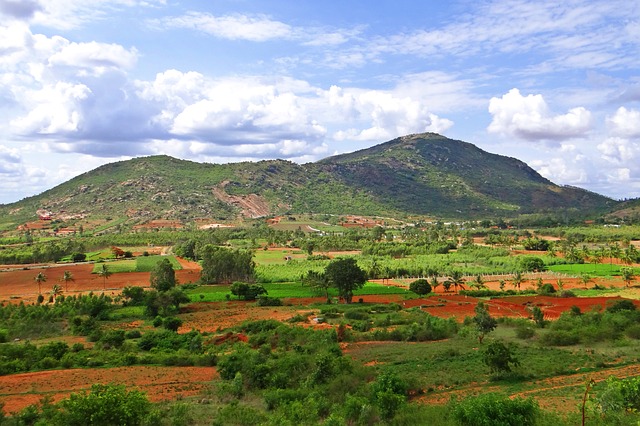
The plateau is vast, so of course the Rickshaw Challenge Deccan Odyssey won’t go through all of these places, but we do touch on them in the India’s Cup and the Rickshaw Challenge Mumbai Xpress as well!
The Ajanta and Ellora Caves
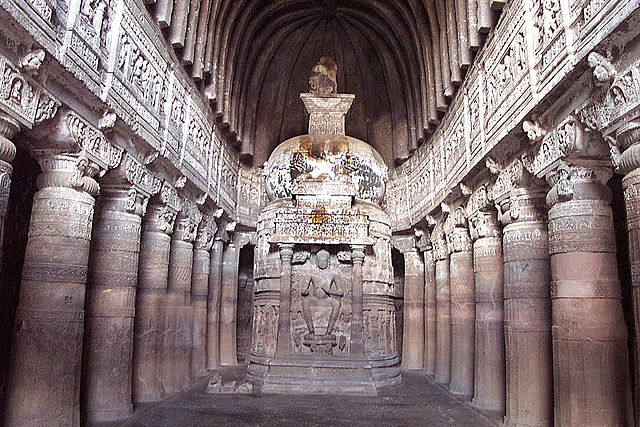
Both UNESCO World Heritage Sites, the Ajanta and Ellora Caves are some of India’s most remarkable monuments. Housing intricate friezes, frescoes and rock-carved temples dedicated to Buddhist, Hindu and Jain faiths, the Ajanta caves date back to the 2nd century BC to 6th century AD; it has 29 caves and is set in the stunning backdrop of a crescent shaped gorge. Ellora on the otherhand has 34 caves, with grand halls, monasteries and temples inside. These caves are slightly younger than Ajanta, dating back to 5th to 11th centuries AD. This is definitely going to be one of the biggest highlights on the upcoming Deccan Odyssey!
The Mini-Taj Mahal of Aurangabad
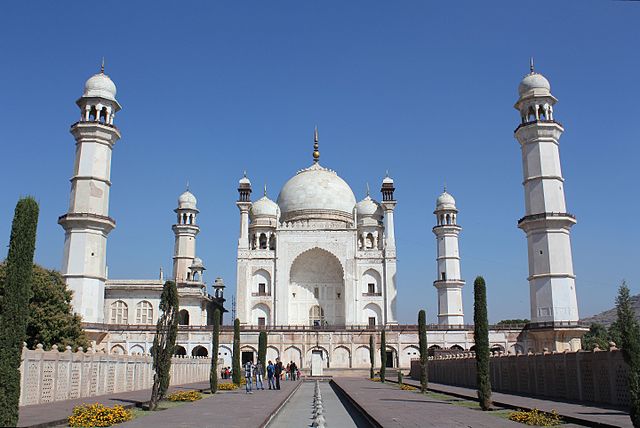
Aurangabad might be used as a gateway to visit the famous Ajanta and Ellora caves, but this city, named after the Mughal emperor Aurangzeb, has plenty to offer.
The city has its own set of Buddhist cave temples dating back to the 6th and 7th century AD, but perhaps its most amazing is Bibi ka Maqbara, a monument that bears a striking resemblance to the Taj Mahal. This white marbled building was built in the 17th century by Azam Shah for his mother, and is pretty spectacular, especially if you won’t get the time to go all the way up to Agra, this makes a pretty good consolation prize.
The Ruins of Hampi

At the centre of the Deccan Plateau in Karnataka, the enigmatic city of Hampi spreads out for miles on end, with ancient temples and palaces dotted between rocky boulders. This is another UNESCO Site that the Deccan Plateau can claim for itself. Hampi used to be the capital of the Hindu Kingdom of Vijayanagar, which saw its hayday in the 14th to 16th centuries. Even today, Hampi is still a spectacular site for visitors. Hampi is one of our highlights on the India’s Cup Ambassador rally!
The Fort of Belgaum
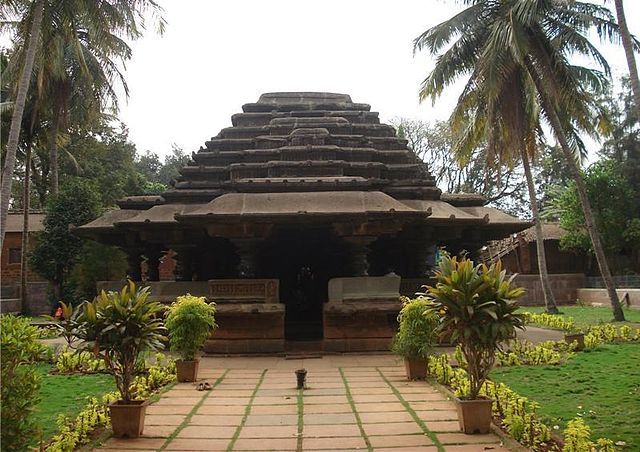
The town of Belgaum dates back to the 12th century AD to the Ratta dynasty. Belgaum was renowned for its trade in diamonds and wood in the past, but today it’s still a commercial hub of Karnataka state. Main features of this town, which is one of our stops on the Deccan Odyssey, is Belgaum Fort, built in the 13th century by Jaya Raya. The fort is perhaps most famed for Gandhi having been imprisoned by the British here. You’ll also find several religious monuments dedicated to Hindu, Jain and Muslim faiths inside as well.
The Qutb Shahi Monuments of Hyderabad
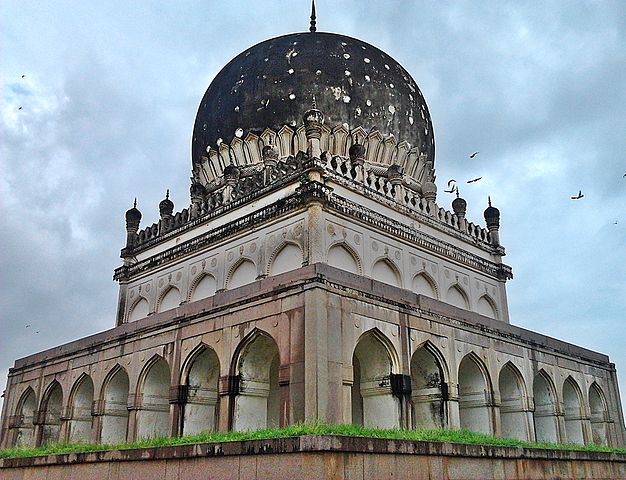
Hyderabad is one of the most interesting cities in the Deccan Plateau. It has a Muslim majority and almost split to join Pakistan, had it not been in its geographic location in the south of India. Main sites include the famous Charminar at the centre of the old town, and Golconda Fort on the outskirts. Golconda is India’s second largest fort and a spectacular site in itself. You’ll also find the spectacular Qutb Shahi Tombs close to Golconda as well.
The Tea Fields of Ooty
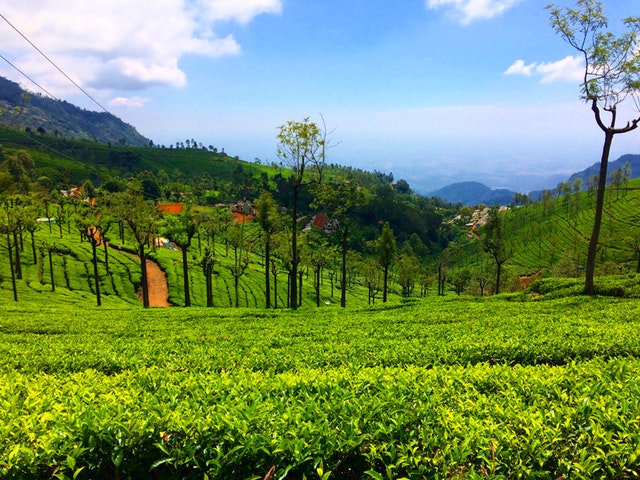
Up in the Nilgiri Hills, the town of Ooty is known for its tea gardens and factories. A drive through the hills offers stunning views of bright green tea fields stretching down the mountainside. The tight hairpin bends would be a challenge by rickshaw, which is why we try to get the Ambassadors to tackle this route on the India’s Cup.
The Palaces of Mysore
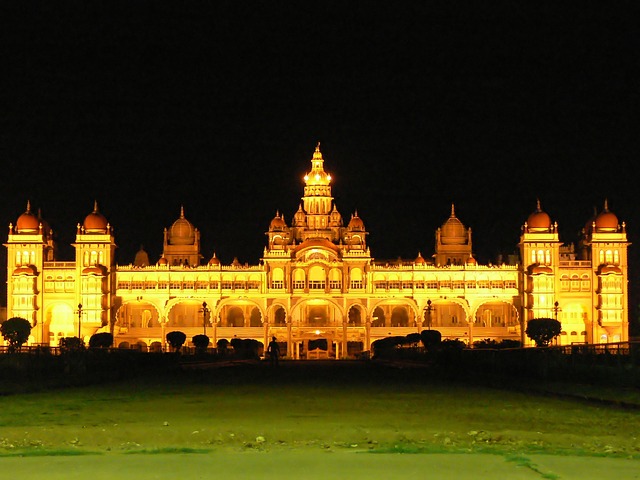
Famed for its palaces, Mysore is a city in South India that can be thought of as a jewel in its own right. Mysore Palace is said to be India’s second most visited site after the Taj Mahal, and is a bright and gaudy example of indo-saracenic style. The palace echoes back to the era of the Maharajas, with its interior resembling a jewel more than a palace.
Pune’s Legacy
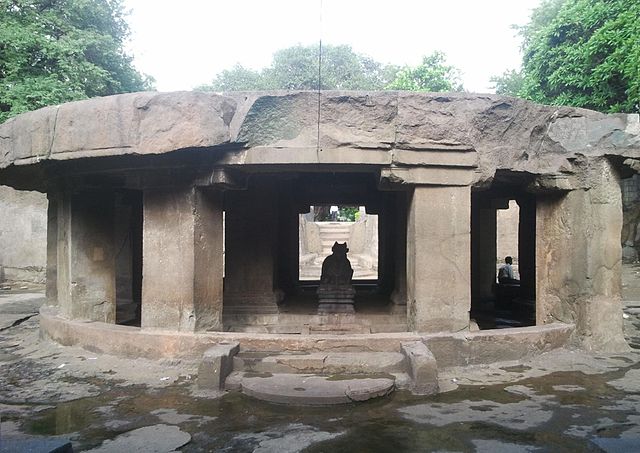
Pune was once the seat of the Maratha Empire and grew under the ruler Shicajo and under the British Raj. The city today is India’s eighth largest metropolis in India and the state’s second largest city after Mumbai.
There is plenty to see and do in Pune, like the 8th century rock-cut Pataleshwar Cave Temple or the Aga Kahn Palace. Perhaps the most famous monument is the Red Palace, built in the 17th century and a bright red structure in the city.
The Gardens of Bangalore
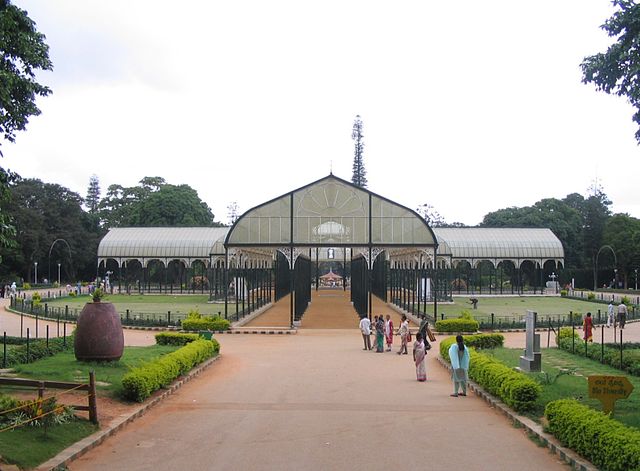
Bangalore, also known as the Garden City, is Karnataka’s capital and also the IT hub of India. It’s a city that had a complex history from the Vijayanagar Empire to the Mughals, the Wodeyars and to British India. Bangalore’s main attractions are the Vidhan Soudha – the Legislative Chambers of the state government – and Lal Bagh, 240 acres of gardens!
04May
Ajanta and Ellora Caves, Aurangabad, Bangalore, Belgaum, deccan odyssey, Hampi, Hyderabad, India, India's Cup, Mumbai Xpress, Mysore, Ooty, Pune, rickshaw challenge, south india, travel
0
9 Interesting Sites on the Deccan Plateau
Are you crazy enough to come along for the ride? Then join us on the next Rickshaw Challenge. Then get a team together and lets see you at the starting line! If you want to join us in spirit, like us on Facebook or follow us on Twitter or Instagram to keep up with our latest antics.
